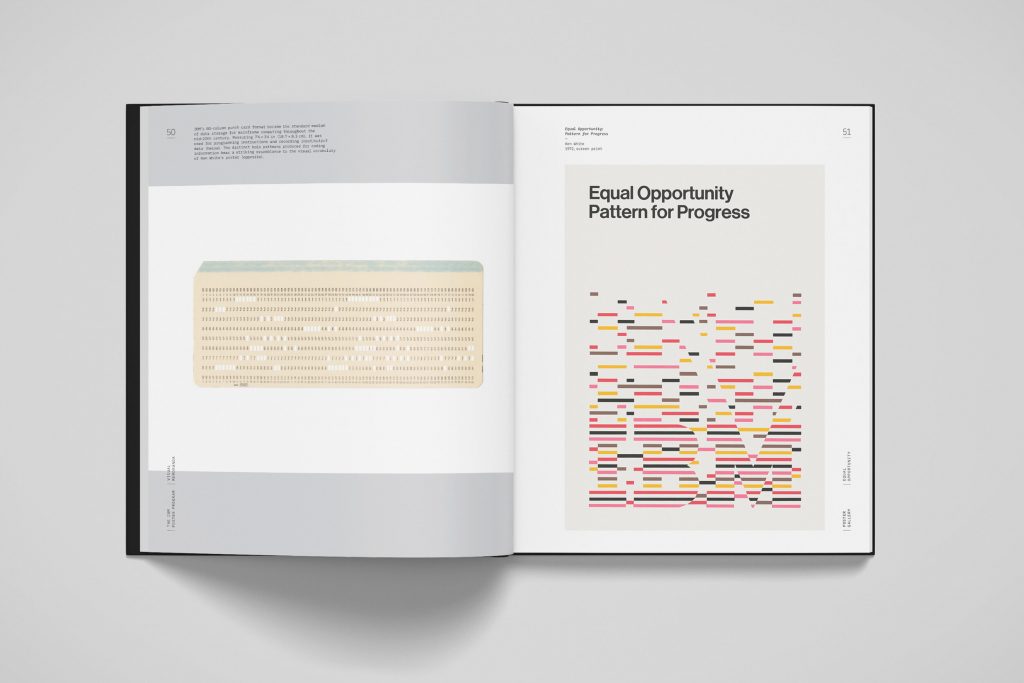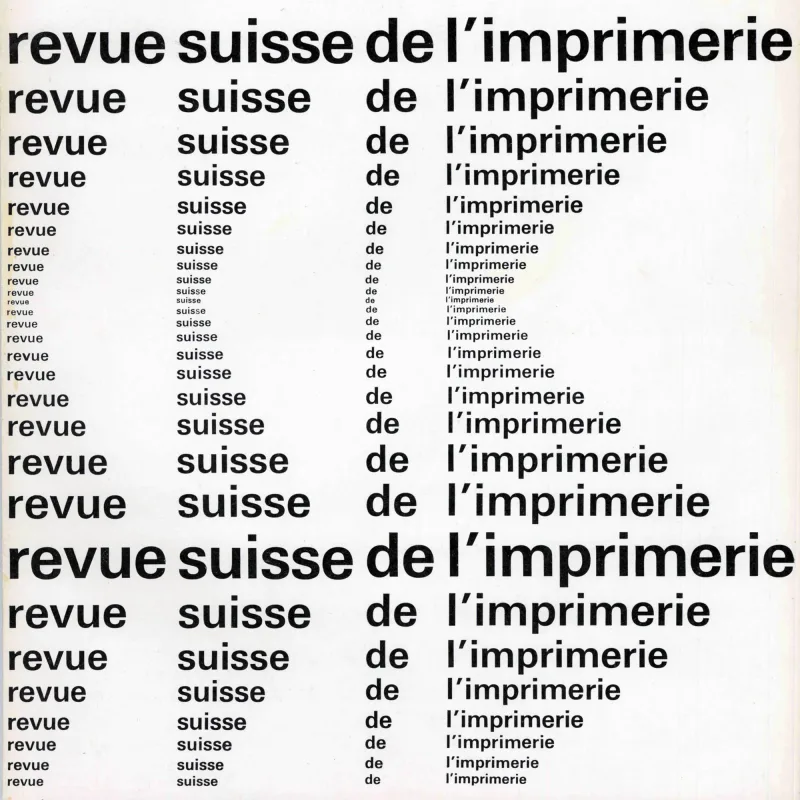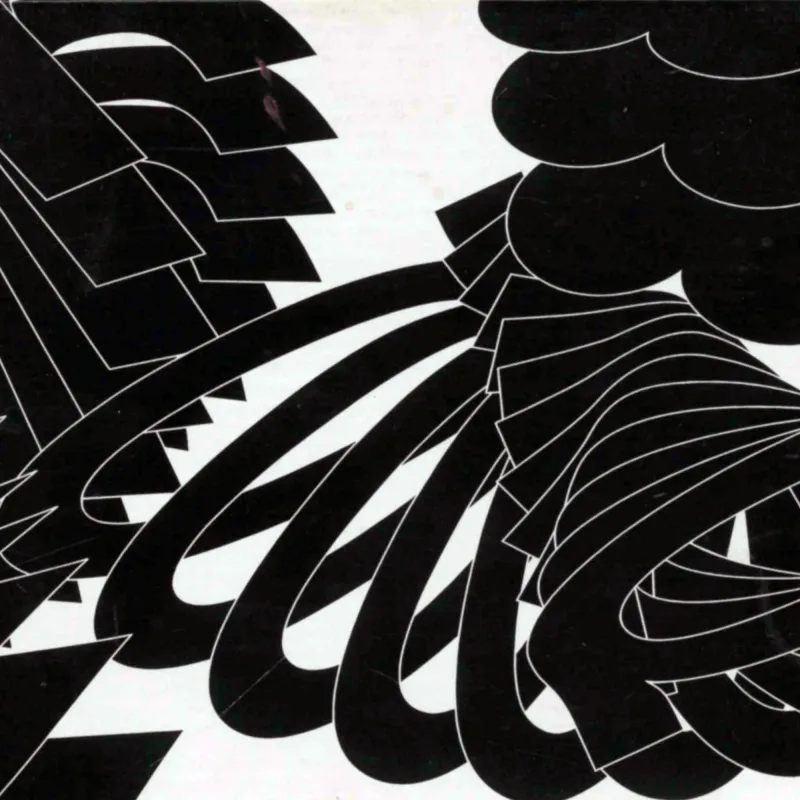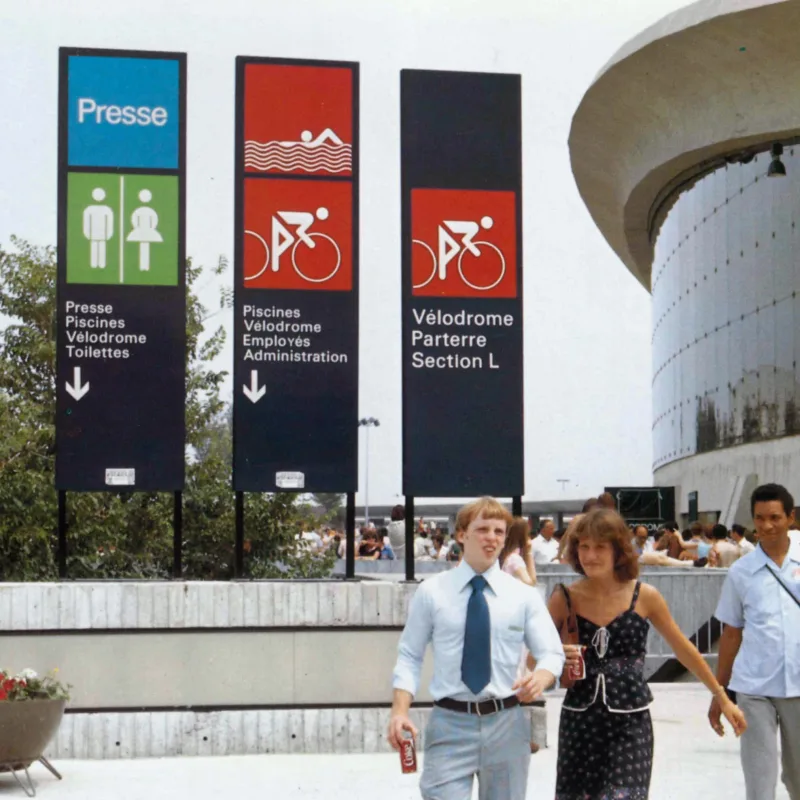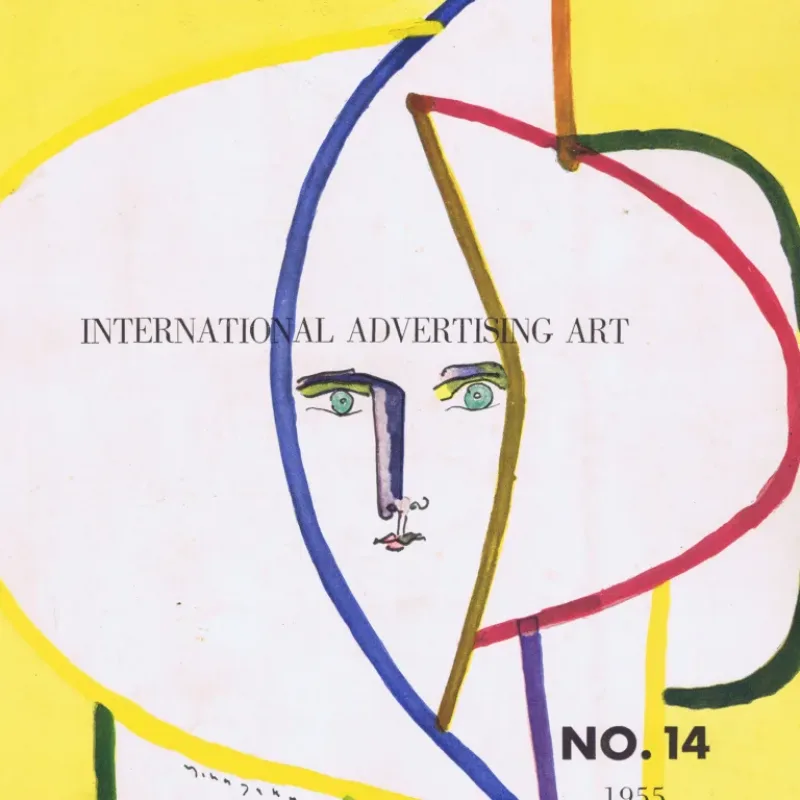In the late 1960s, IBM was one of the world’s pre-eminent corporations, employing over 250,000 people in 100 countries. While Paul Rand’s creative genius has been well documented, the work of the IBM staff designers who executed his intent outlined in the IBM Design Guide has often gone unnoticed. The poster designs by Ken White, John Anderson, and Tom Bluhm and photographer Rodger Ewy included in the newly released book by Lund Humphries, “The IBM Poster Program: Visual Memoranda,” represent some of the most creative examples of mid-century corporate graphic design, while offering a unique commentary into corporate employee communications of the period. They also embody the full extent to which Thomas J. Watson Jr.’s mantra, “Good Design is Good Business” permeated every facet of the IBM organisation, and created a lasting influence on curated corporate design in America.

“… a collection created under the spiritual auspices of Paul Rand and Elliot Noyes.”
Steven Heller, PRINT
The IBM Poster Program:
Visual Memoranda
byRobert Finkel & Shea Tillman
111 Color Poster Reproductions
136 Pages
290 × 240 mm
Sappi Magno Matt 170gsm Paper
Softcover, Thread Sewn Bound
ISBN: 9781848224704
Published by Lund Humphries
Order here



THE IBM POSTER PROGRAM VISUAL MEMORANDA Robert Finkel and Shea Tillman 
THE IBM POSTER PROGRAM VISUAL MEMORANDA Robert Finkel and Shea Tillman

